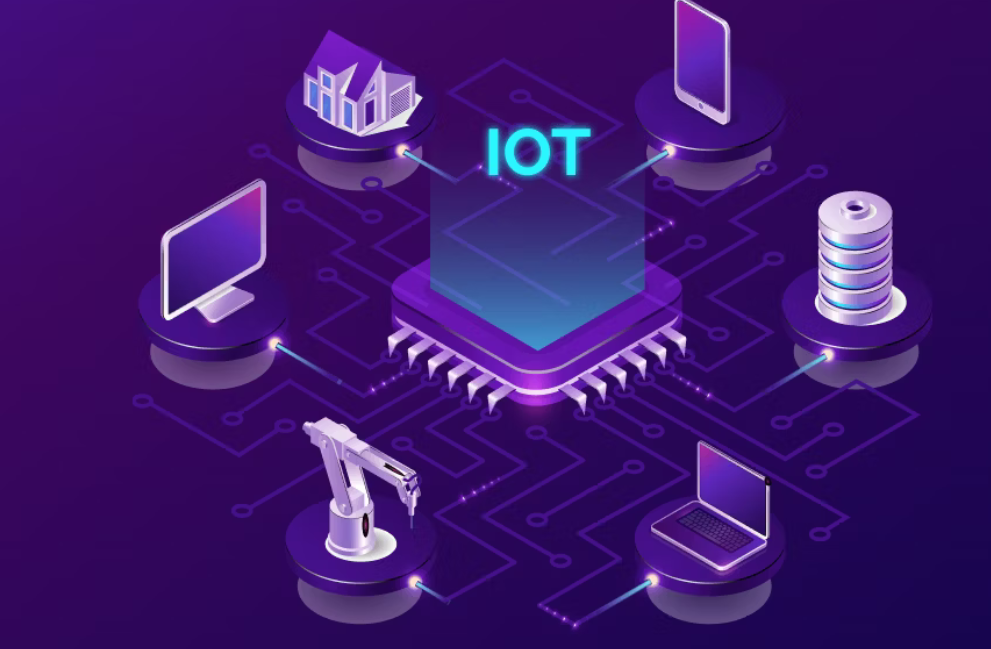
IoT (Internet of Things) performance testing is a specialized form of performance testing that focuses on evaluating the performance, scalability, and reliability of IoT systems and devices
IoT PERFORMANCE TESTING
IoT (Internet of Things) performance testing is a specialized form of performance testing that focuses on evaluating the performance, scalability, and reliability of IoT systems and devices. IoT performance testing is essential to ensure that IoT applications and devices can handle real-world scenarios and deliver optimal performance. Here are the key aspects and best practices for IoT performance testing:
Define Performance Objectives:
- Begin by defining clear performance objectives and metrics based on the specific IoT use case. Metrics may include message delivery times, device response times, and throughput.
IoT Environment Setup:
- Create a test environment that closely resembles the real-world deployment environment, including IoT devices, gateways, network configurations, and cloud services.
Types of IoT Performance Testing:
- There are several types of IoT performance testing, including:
- Device Performance Testing: Evaluating the performance and resource utilization of individual IoT devices.
- Communication Performance Testing: Assessing the performance of data communication between devices, gateways, and the cloud.
- Scalability Testing: Evaluating how the IoT system scales as the number of devices and data volume increases.
- Reliability and Resilience Testing: Ensuring that the IoT system can recover gracefully from network failures, device failures, and other issues.
- Security and Performance Testing: Assessing the performance impact of security mechanisms, such as encryption and authentication.
- There are several types of IoT performance testing, including:
IoT Device Emulation:
- If physical IoT devices are not available or practical for testing, consider using IoT device emulators or simulators to simulate device behavior and traffic.
Test Data Generation:
- Generate realistic test data that mimics actual IoT device data, sensor readings, and event triggers.
Message Protocols:
- Test different IoT message protocols (e.g., MQTT, CoAP, HTTP) and assess their impact on performance.
Load Generation:
- Simulate a realistic load on the IoT system by generating a large volume of device messages, sensor data, and events. Ensure that the load represents the expected real-world scenario.
Network Conditions:
- Simulate various network conditions, including different bandwidths, latencies, and packet loss rates, to assess how the IoT system performs under less-than-ideal conditions.
Monitoring and Analytics:
- Implement monitoring and analytics tools to collect and analyze performance data, including message delivery times, system resource utilization, and device behavior.
Scalability Assessment:
- Determine how well the IoT system scales as the number of devices and data volume increases. Assess the need for additional resources or optimizations.
Reliability and Redundancy:
- Evaluate the reliability and redundancy mechanisms in place to ensure that the IoT system remains available and responsive in the event of failures.
Security and Privacy:
- Test the performance impact of security and privacy measures, such as encryption, access controls, and authentication, to ensure they do not introduce significant latency.
Documentation and Reporting:
- Maintain detailed documentation of test plans, test cases, results, and any optimizations made. Report findings and recommendations to stakeholders.
Continuous Testing:
- Implement continuous IoT performance testing as part of your IoT development and deployment pipeline to detect performance regressions early.
IoT performance testing is essential for ensuring that IoT solutions can meet the demands of real-world IoT deployments, where a large number of devices and data streams are involved. By proactively addressing performance issues, organizations can deliver reliable and high-performing IoT systems that provide value to users and businesses.


